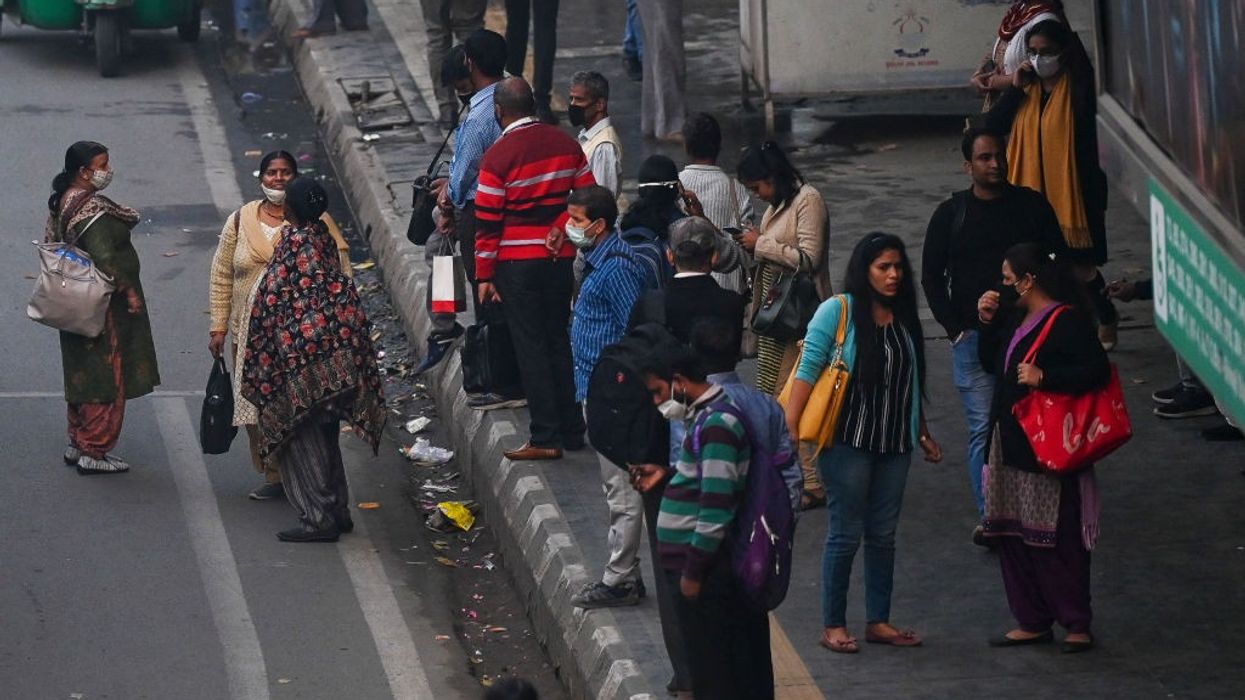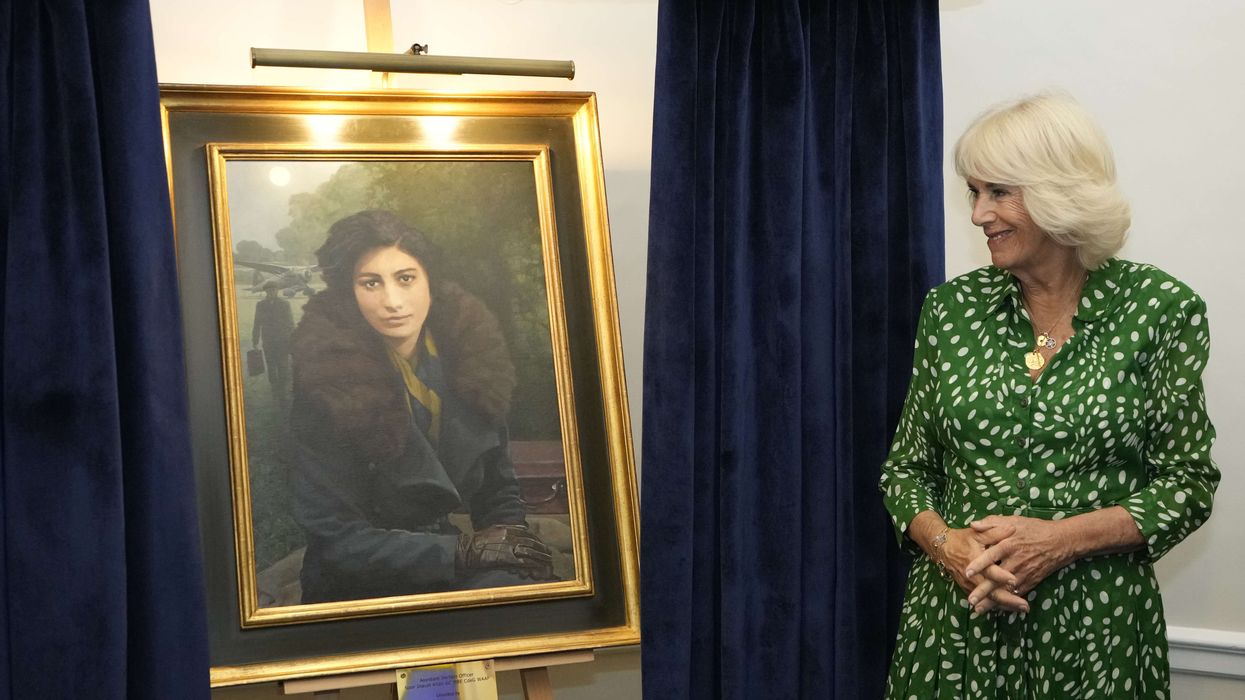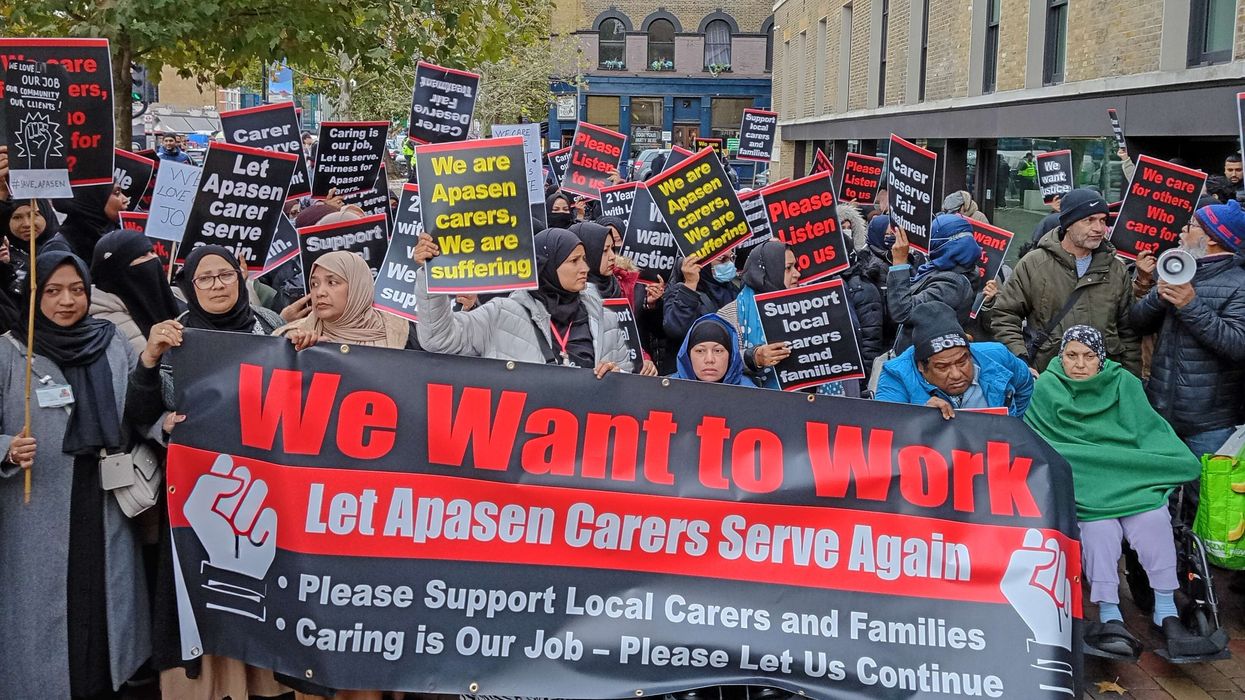INDIA has more women than men for the first time on record, according to government data that also showed a slowing birthrate in the world's second-most populous nation.
Parents in India have historically favoured sons over daughters, who are often considered burdensome and costly due to the tradition of wedding dowries.
Sex-selective abortions have been outlawed but the practice has persisted, and national population data has consistently recorded one of the world's highest ratios of men to women.
But the latest National Family and Health Survey, released by the health ministry, recorded 1,020 women per 1,000 men after two years of research.
This is the first time any significant government population survey has shown more women than men in India, dating back to the first national census in 1876.
"The improvement in total sex ratio is positive and a step in the right direction but much still needs to be done towards gender equality," said Sanghamitra Singh, Population Foundation of India (PFI) health scientist.
The difference is explained by womens' longer life expectancy, with more boys still being born than girls -- 1,000 males for every 929 females.
"That could indicate some degree of son preference," Singh said.
The data also showed India's fertility rate had fallen to two children per woman, down from 2.2 in the last survey from 2015-16.
That figure is below the replacement level needed to maintain population levels, which PFI hailed as a "significant feat for the country's family-planning programme".
India is home to around 1.3 billion people and UN projections forecast the country's population to overtake China later this decade.
The survey's data was drawn from around 600,000 households across India.
Singh said a clearer picture would emerge after India completed its Covid-delayed census, originally due for publication this year.
(AFP)














